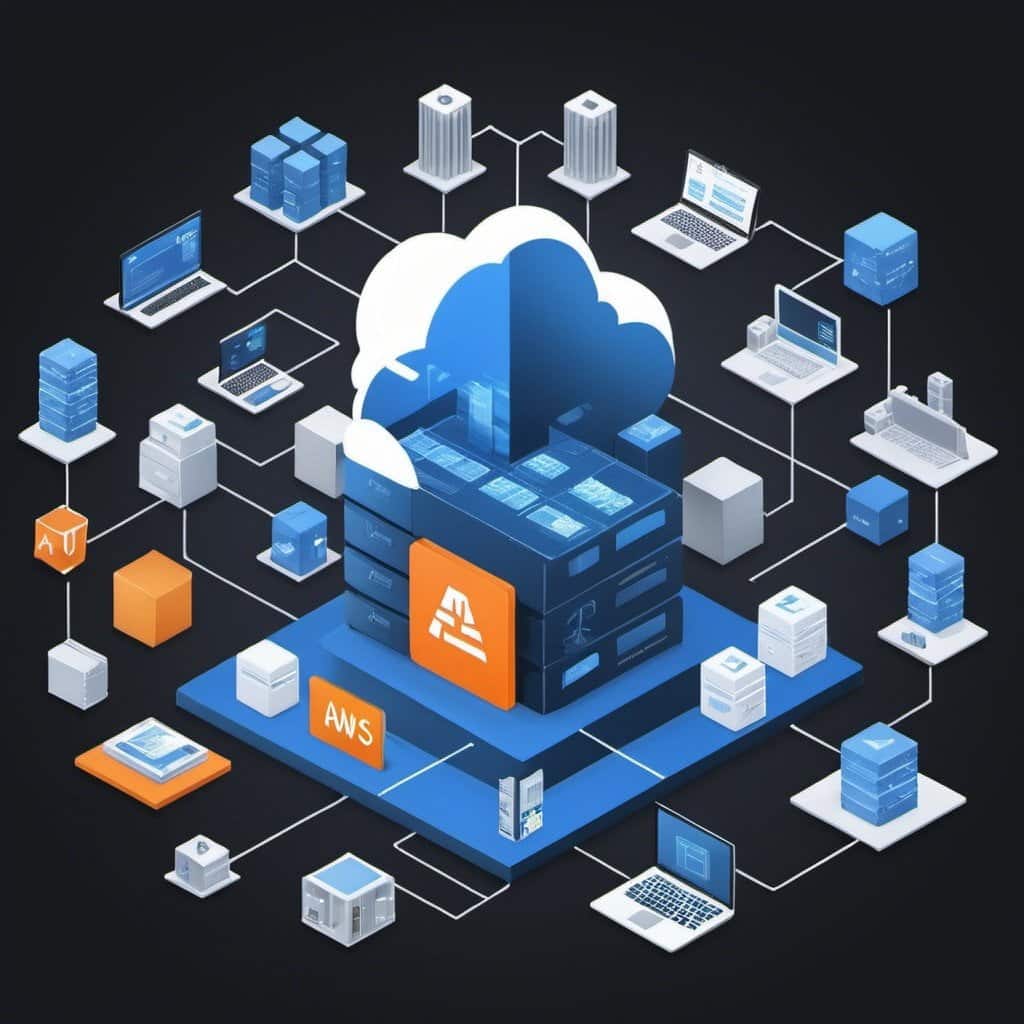How to Leverage AWS and Make Maximum Impact
Unlocking the Power of Amazon Web Services: Your Guide to Learning and Implementing AWS Solutions

Welcome to the world of Amazon Web Services (AWS), where cloud computing meets innovation. In this section, we’ll explore the fundamentals of AWS, understanding its transformative impact on modern IT infrastructure. From provisioning hardware to accessing a myriad of services, AWS simplifies the complexities of IT management.
Navigating the AWS Landscape
Embark on your journey into AWS as we navigate through its diverse ecosystem. Discover the array of services offered by AWS and how they cater to various business needs. From storage to computation, databases to networking, AWS provides a comprehensive suite of solutions for enterprises of all sizes.
Immersive Learning Experience
Experience the power of immersive learning as we delve into hands-on activities and real-world scenarios. Learn by doing as we guide you through practical exercises that simulate real AWS environments. From setting up your first EC2 instance to configuring S3 storage, each activity is designed to reinforce your understanding of AWS concepts.
Mastering Storage Solutions
Dive deep into AWS storage solutions and learn how to leverage services like Amazon S3 for scalable and secure data storage. Explore best practices for data management, versioning, and encryption, ensuring your data remains protected and accessible at all times.
Harnessing Computational Resources
Unlock the potential of AWS compute services with a focus on Amazon EC2. Discover how to provision virtual servers, optimize instance types, and automate deployment processes. From running basic web applications to handling complex workloads, EC2 offers unparalleled flexibility and scalability.
Optimizing Database Management
Explore the world of AWS databases with a spotlight on Amazon RDS. Learn how to deploy, manage, and scale relational databases with ease. From configuring high availability to implementing backup strategies, RDS streamlines database operations, allowing you to focus on innovation.
Securing Your AWS Environment
Prioritize security in your AWS environment with robust measures and best practices. From identity and access management (IAM) to network security, we’ll guide you through the essential steps to safeguard your infrastructure and data against potential threats.
Scaling for Success
Prepare your AWS environment for growth and scalability with advanced scaling techniques. Learn how to implement auto-scaling policies, optimize resource utilization, and architect highly available architectures that meet the demands of your evolving business requirements.
Realizing the Potential of AWS
Capitalize on the full potential of AWS as we conclude our journey with insights into advanced topics and emerging trends. From serverless computing to artificial intelligence, AWS offers endless possibilities for innovation and growth in the digital age.
Slug: aws-learning-implementing-aws-solutions
Dive into the world of Amazon Web Services (AWS) with our comprehensive guide to learning and implementing AWS solutions. From storage to computation, security to scalability, this course empowers you to harness the full potential of AWS and dominate the IT landscape. Ideal for beginners and technology enthusiasts alike, unlock the power of AWS and propel your career to new heights.
-
15 Best AI Tools for Developers in 2025 (Free & Paid)
15 Best AI Tools for Developers in 2025 (Free & Paid) The rise of artificial intelligence is transforming how developers write, debug, and optimize code. From automating repetitive tasks to predicting errors before they happen, AI tools are becoming indispensable for coders in 2025. Whether you’re a Python pro, a JavaScript enthusiast, or a full-stack…
-
Easy Ways to Prepare for AWS Questions in 2025
Mostly Asked AWS Interview Questions in 2025 Impact-Site-Verification: c45724be-8409-48bd-b93e-8026e81dc85aAmazon Web Services (AWS) has consistently remained at the forefront of cloud computing. With organizations migrating their infrastructures to the cloud, AWS-certified professionals are in high demand. Cracking an AWS interview in 2025 demands not just conceptual clarity but also hands-on familiarity with AWS services. In this…





